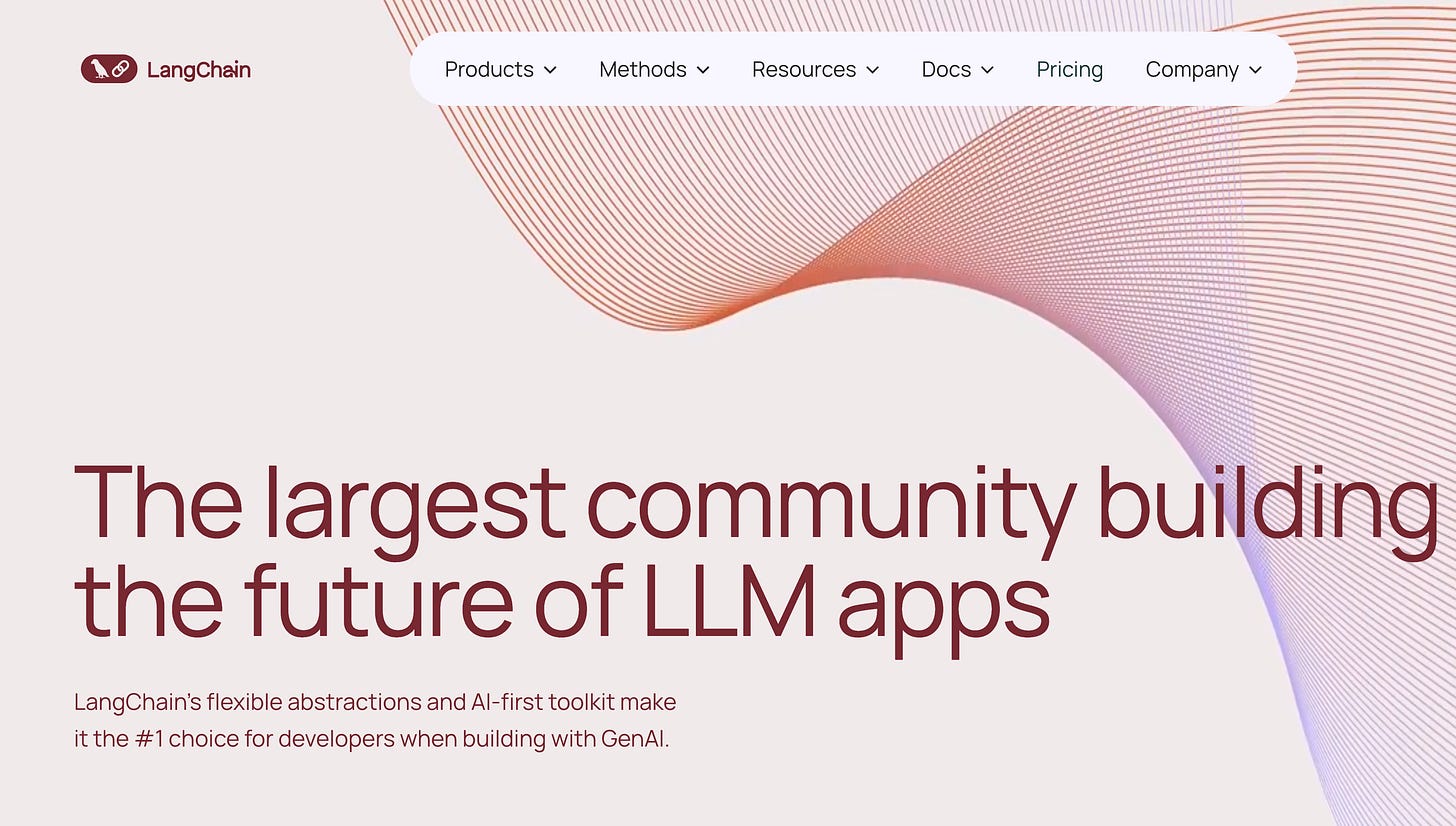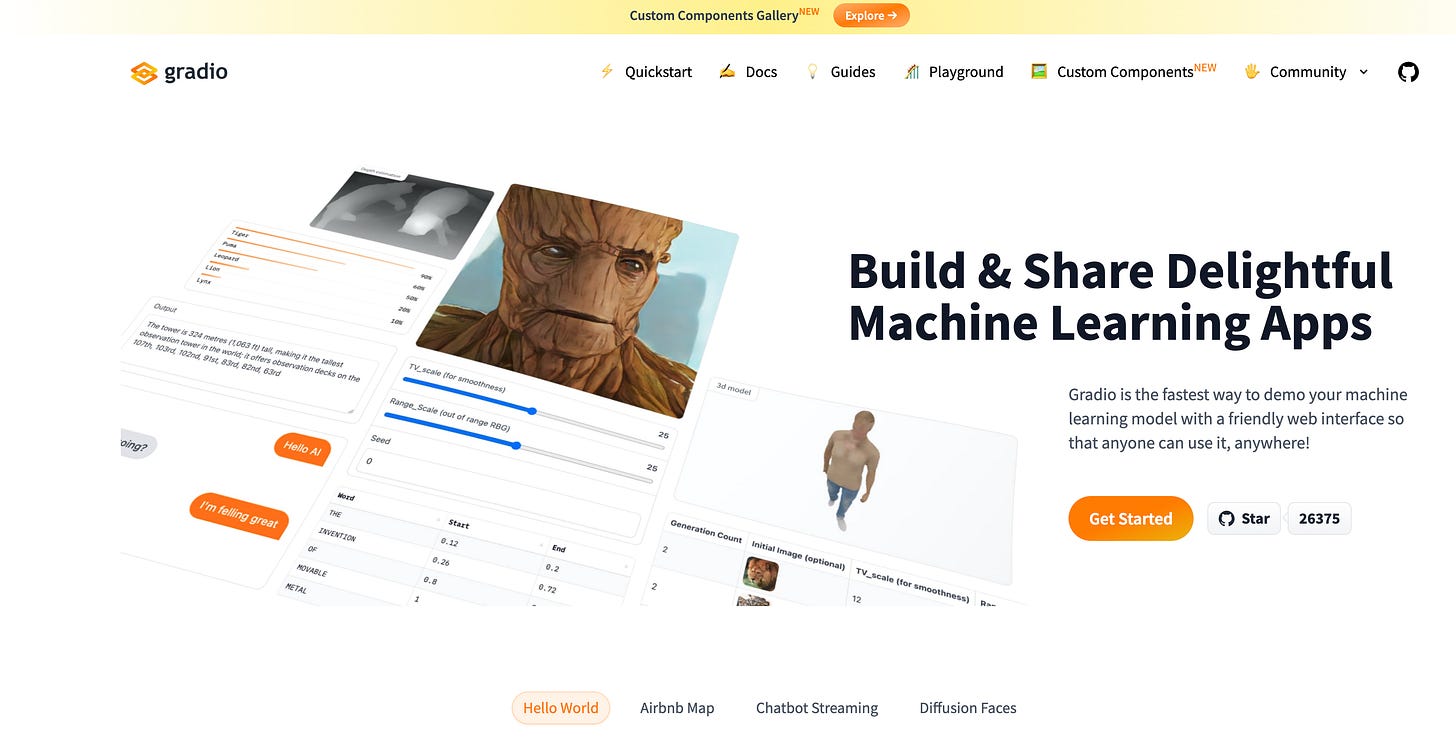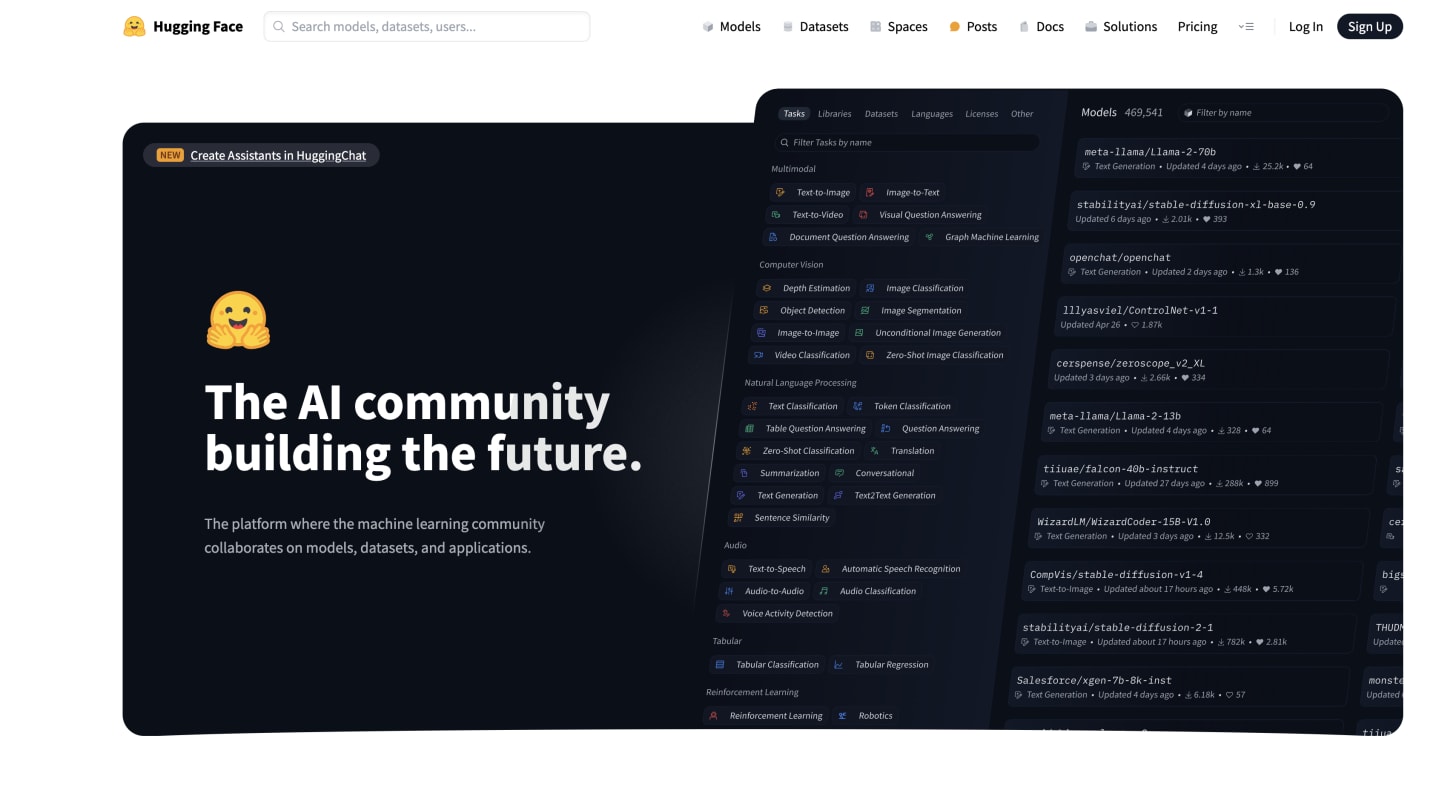AI Courses Review Part 2: Advanced Techniques with LangChain and Gradio
Elevate Your AI Skills Through Free Courses on LangChain, Gradio, and LLM Implementation
Want to continue learning about the latest AI techniques? Here is the continuation from my previous newsletter, and the second part of a review of free AI courses from DeepLearning.AI.
In this edition, you will find reviews of 3 more courses from the AI domain:
LangChain for LLM Application Development
Building Generative AI Applications with Gradio
Building LLM Apps with LangChain.js
These courses are a fantastic upgrade from the previous introductory courses. With them, you can start learning how to use LangChain and Gradio to quickly iterate while creating AI demos, prototypes, and real-world applications.
You can find the code and detailed notes for these courses in my GitHub repo.
To expand your knowledge about AI, check out my book: “Practical Prompt Engineering” — featuring 250+ expert-level prompts and comprehensive guides for ChatGPT and other AI tools. Includes industry-specific templates for finance, healthcare, and manufacturing. Sample the first chapter at futureproofskillshub.com/prompt-engineering. Available in paperback on Amazon, and as an ebook on Apple Books, Barnes & Noble, and Kobo.
Master the complete tech stack at futureproofskillshub.com/books — from AI to Python, SQL, and Linux fundamentals. Plus, discover how to maintain peak performance and work-life balance while advancing your technical career in “Discover The Unstoppable You”.
LangChain for LLM Application Development
LangChain, is an open-source framework created by Harrison Chase, who is also teaching this course. This framework aims to streamline the development process by minimising the need for extensive glue code when integrating LLMs into applications. Here are the key takeaways from this course:
Introduction to LangChain: LangChain is introduced as an essential tool for developers, designed to simplify the creation of complex applications that interact with LLMs. Main benefits are reducing development time and complexity.
Key Components: Essential aspects of LangChain, such as models, prompts, indexes, chains, and agents, are covered. Agents are particularly noted for enabling models to function as reasoning engines for complex problem-solving.
Practical Application: Through examples, the course demonstrates practical uses of LangChain, such as prompt engineering and maintaining conversational context in chatbot applications. This includes managing memory to ensure continuous dialogue and using chains for sequential operations on text or data.
Advanced Features: Lessons go through advanced topics like question-answering systems over documents, evaluating LLM applications, and the innovative Agents framework. These sections highlight LangChain's capabilities in handling embeddings, vector stores, and integrating external data sources for dynamic reasoning and decision-making.
In summary, this course on LangChain for LLM will help you to learn the skills to effectively use LangChain for quick AI application development. It also encourages you to experiment with LangChain and contribute to its community, so that you can also make an impact on this transformative technology.
Building Generative AI Applications with Gradio
Gradio is a Python library that simplifies the demonstration of machine learning models through web interfaces. This course is designed to teach you how to create user interfaces for generative AI applications with Gradio. It is meant for anyone who is interested in demonstrating their AI systems without needing deep front-end development skills.
Course Highlights
The course starts with the basics of Gradio, emphasising its advantages for quickly demonstrating machine learning models in a user-friendly manner.
It covers building interfaces for a range of generative AI applications, including text summarization, named entity recognition (NER), image captioning, image generation using diffusion models, and chatbots based on large language models (LLMs).
You will also learn to create an image captioning app using the “Salesforce Blip” model from “HuggingFace”, demonstrating the model's ability to generate accurate captions for images through a user-friendly Gradio interface.
Then the course guides you through developing an image generation app with Stable Diffusion, a text-to-image model. Here you will explore Gradio's advanced interface elements, enabling customization and interactive user experiences.
A unique session combines text-to-image and image-to-text functionalities to create an interactive game, enhancing learning through practical application and creative experimentation.
The final lesson introduces building a chatbot using the open-source "Falcon 40B-Instruct" LLM from “HuggingFace”. This part of the course focuses on integrating LLMs into Gradio interfaces, highlighting the advantages of open-source models for customization and efficiency.
Main benefits from this course are:
Learning about Gradio as a Tool: it enables rapid development and demonstration of AI applications, making it a valuable tool for developers and researchers who wish to showcase their work without doing complex web development.
Learning about Generative AI Applications: The course covers a broad spectrum of generative AI applications, from NLP tasks to image generation, providing a good learning experience on the practical aspects of AI application development.
Hands-on Approach: With practical demonstrations and hands-on projects, you will gain direct experience in building and customising AI applications, preparing you for real-world application development.
What I got from this course was the understanding how to use Gradio for developing generative AI applications. With practical lessons and interactive projects, I learned how to create user-friendly interfaces for AI models, and showcase the work effectively.
Build LLM Apps with LangChain.js
This course offers an in-depth exploration of utilising LangChain.js for developing applications powered by large language models (LLMs) in the JavaScript ecosystem. The course covers the essential elements of LLM applications, including data loaders, parsers, prompts, models, and modules supporting RAG applications. Additionally, it introduces the LangChain Expression Language (LCEL) for crafting complex module chains.
LangChain.js is a tool that streamlines the development process for LLM applications, enabling tasks like selecting LLMs, retrieving texts, tuning prompts, and structuring outputs. It helps to ease the orchestration of these processes, making it simpler to switch LLMs or modify application components.
Main Chapters of The Course
Building Blocks: Focuses on prompt templates, models, parsers, and using LCEL to create chains. It highlights LangChain.js alignment with JavaScript for deployment ease and scalability.
Loading and Preparing Data: Introduces RAG applications, emphasising document loading and splitting. Then it discusses using LangChain's document loaders for importing content from various sources. It also explores document splitting strategies to ensure semantic coherence.
Vectorstores and Embeddings: Explains integration of vector databases for contextual data retrieval in RAG workflows. It illustrates embedding document chunks into a vector store for later retrieval and introduces retrievers for fetching data relevant to natural language queries.
Question Answering: Constructs a conversational question-answering application, highlighting retrieval, and response generation based on external data. It demonstrates synthesising human-legible responses and handling follow-up questions.
Conversational Question Answering: Enhances question-answering capabilities with conversational memory, addressing the issue of LLMs' limited memory across queries. Implements chat history and rephrasing components to improve contextual understanding.
Shipping as a Web API: Refines the conversational system for web deployment, focusing on rephrasing follow-up questions and streaming responses. Covers session management and the setup for handling requests in web applications.
Key Takeaways
Main learnings for me from this course were that LangChain.js simplifies the development of LLM applications by offering a JavaScript-friendly environment, helping with easy integration and modification of AI components. With development of RAG applications, vectorstores, and embeddings, we can enhance LLM outputs with contextual relevance and depth.
This course stands out for its detailed explanation of building and deploying LLM applications with LangChain.js, helping JavaScript developers seeking to leverage AI in web environments. It combines theoretical knowledge with practical application, guiding you through the complexities of AI development and teaching you how to create sophisticated, context-aware applications.
Wrap Up
I really enjoyed taking these three advanced courses from DeepLearning.AI and hope that you will as well. I believe they offer an invaluable resource for anyone looking to upgrade their knowledge in AI application development. They provide a thorough understanding of cutting-edge tools like LangChain and Gradio. What I appreciate most is that they help you quickly iterate and develop AI demos and real-world applications.
With their practical, hands-on approach and focus on real-world applicability, these courses are truly a must for developers and researchers eager to showcase their work or dive into the challenging field of AI application development.




